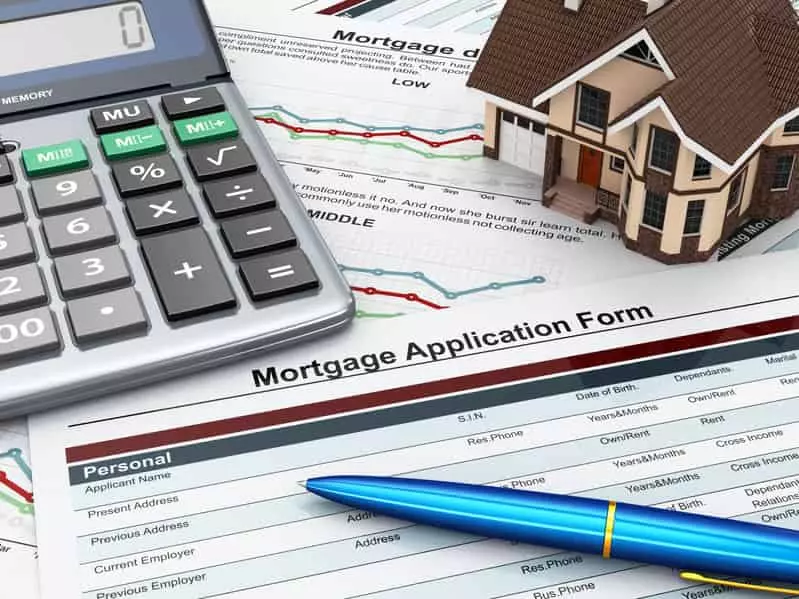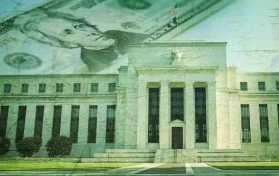
As Americans grow weary of rampant inflation, which has spiked the price of gas, groceries, and other consumer goods, Freddie Mac released data that shows the current interest rate on a thirty-year mortgage is reaching four percent.
At this same time last year, the average rate for the same type of fixed-rate mortgage was 2.81 percent. During the week of February 11, the rate for this product was 3.69 percent, but, for the week ending February 18, the rate surged up to 3.92 percent, according to Freddie Mac’s Primary Mortgage Market Survey.
In a statement, the chief economist for Freddie Mac, Sam Khater, revealed: “Mortgage rates jumped again due to high inflation and stronger than expected consumer spending. The thirty-year fixed rate mortgage is nearing four percent, reaching highs we have not seen since May 2019.”
Also up is the average rate for a fifteen year fixed rate mortgage, up to 3.15 percent during the week ending February 18; the previous week, the same product was at 2.93 percent. During the same time period in 2021, the fixed rate for a fifteen year mortgage was 2.21 percent.
Adjustable rate mortgage rates grew as well as did fixed rate mortgages. The average rate of an adjustable mortgage for the week ending February 18 were 2.98 percent, up from 2.8 percent in the week ending February 11. These same mortgage rates sat at 2.77 at the same time last year.
In Khater’s statement, he acknowledged that the rates are making housing less affordable for Americans, particularly in light of the record-breaking inflation the nation hasn’t seen since 1982. Khater wrote: “As rates and house prices rise, affordability has become a substantial hurdle for potential homebuyers, especially as inflation threatens to place a strain on consumer budgets.”
One result of the increasing rates is a decrease in mortgage applications. However, some of this could be attributed to increasing prices of homes available on the market. The average size of a mortgage loan has risen, which is likely pricing many would-be buyers out of the market.
A report released by the Mortgage Banker’s Association showed weekly results of mortgage loans falling by just over five percent from the week prior. However, the average rate of a new home loan application has reached nearly a half-million. The New York Times reports that the price of homes is expected to grow more slowly as new buyer loan applications are decreasing.
The Chief Financial Analyst of Bankrate, Greg McBride, says that “forthcoming interest rate hikes from the Federal Reserve” are having an effect on the rise of housing mortgage rates.
Some say that this rise in mortgage rates is indicative the economy is roaring back. However, Wall Street doesn’t seem to agree. The Dow has dropped by as much as 600 points just this week (ending February 18). While employers are adding jobs and wages are increasing, inflation is eating into those increases as the price of everything from milk to meat to bread has increased. In fact, with inflation, wages haven’t even gone up an entire percentage point.
While there is no current threat that the housing market will fall out as it did in 2008, the price of a home loan is going up. The price of an existing home has risen dramatically, and the price of constructing a home has ballooned due to supply chain issues and unwavering consumer demand.
Even Sam Khater said that “the normalization of the economy” is driving mortgage interest rates up, but Khater did say that the combination of a strong labor market as well as the forty-year high rate of inflation (at 7.5 percent, currently) will “likely have an adverse impact on homebuyer demand.”
The Fed is expected to raise federal interest rates at least five times this year, but some economists say it could be more like seven. Will this curb inflation? The full effects remain to be seen.





